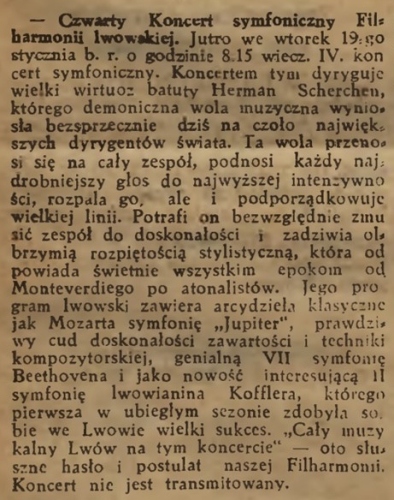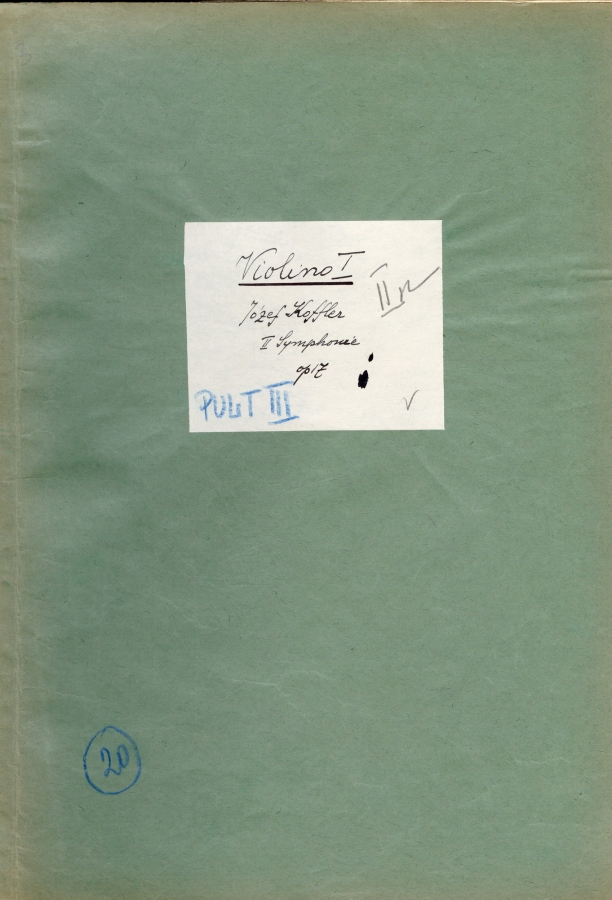
Symphony No. 2 for small orchestra, Op. 17 (1933)
Instrumentation: 3 flutes, 2 oboes, 2 clarinets, 2 bassoons, 2 horns, 2 trumpets, trombone, tuba, percussion, harp, strings
Manuscript of orchestral parts: Vernadsky National Library of Ukraine [Національна бібліотека України імені В.І. Вернадського] in Kyiv, call number: I 35970.
Premiere: Lwów, 19 January 1937 (concert repeated on 1 February 1937), conductor – Herman Scherchen (Gazeta Lwowska 1937, nos. 13, 17, 25)
Movements: I. Allegro moderato; II. Scherzo. Allegro molto; III. Andante cantabile; IV. Allegro con brio
Jerzy Semkow Polish Sinfonia Iuventus Orchestra, cond. Krzysztof Słowiński
Warsaw Music Encounters 2016
the instrumental parts for which were discovered by musicologist Leshek Mazepa at a Kyiv archive more than forty years ago, has a four-movement structure that follows the genre’s classical models.
The first movement is a sonata form (Allegro moderato) comprising development of both themes and a recapitulation that repeats the material of the exposition. Movement two, a lively motoric arch-form Scherzo, is followed by an Andante cantabile featuring contrapuntal texture and a recapitulation. The fourth movement (Allegro con brio) is a rondo (ABACABA) with a coda. Interestingly, the refrain’s twelve-note material encodes the popular song tune ‘Pije Kuba do Jakuba’ [Jamie Drinks to James], whose second phrase (played by the bassoon) opens the finale, while the first episode (B) is an imitative setting of another song, ‘Miała baba koguta’ [A Woman Had a Rooster] (in all the brass section, then in the flutes and oboes, as well as trumpets).
Visualization of the fourth movement of Koffler's Symphony No. 2 with encrypted popular melodies
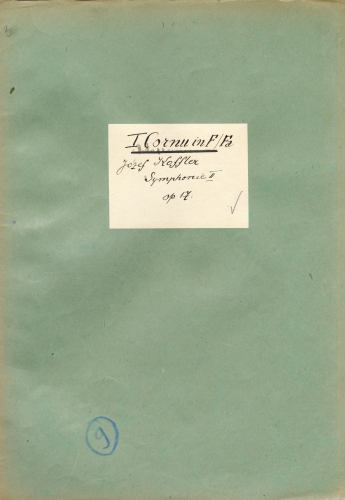
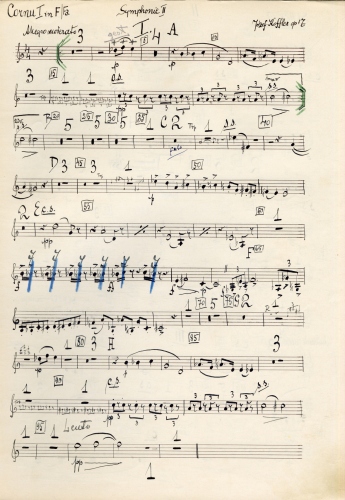
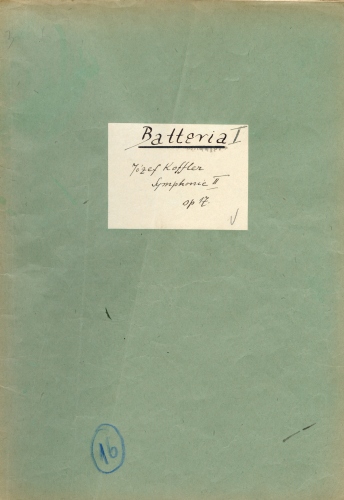
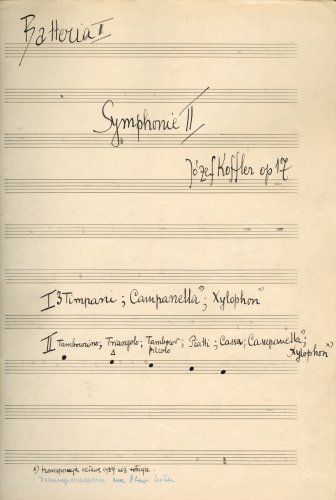

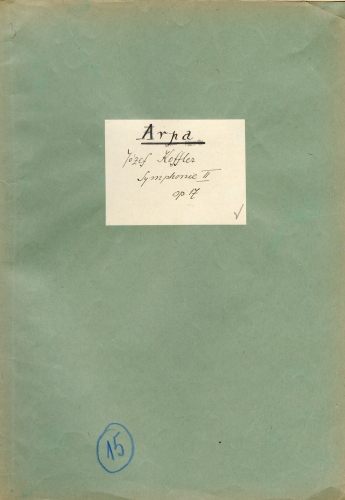
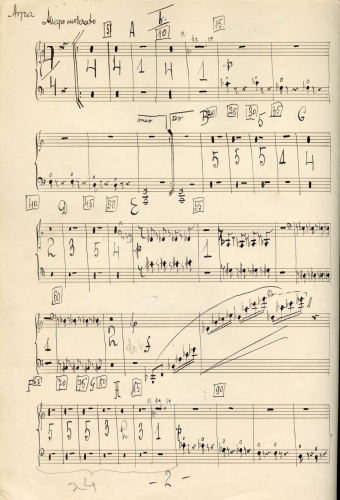
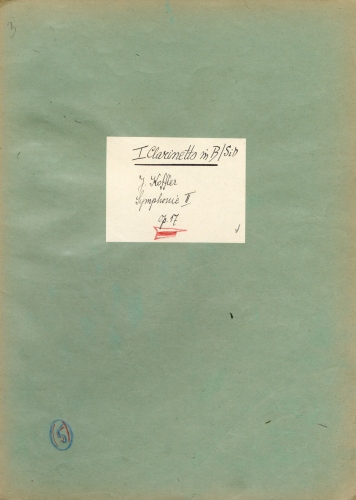
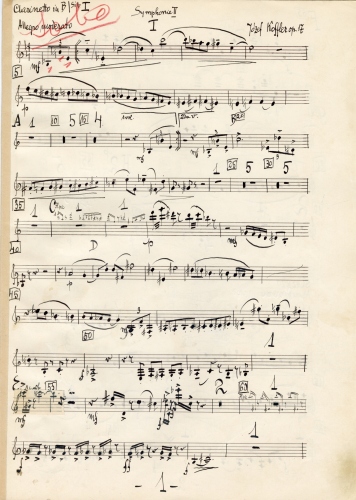

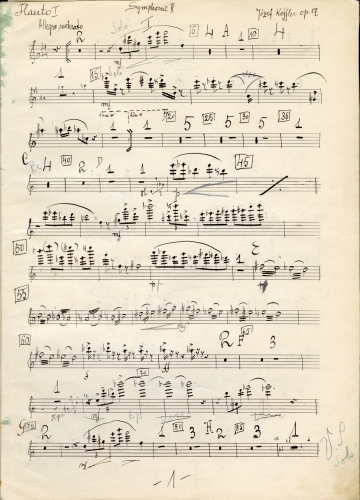
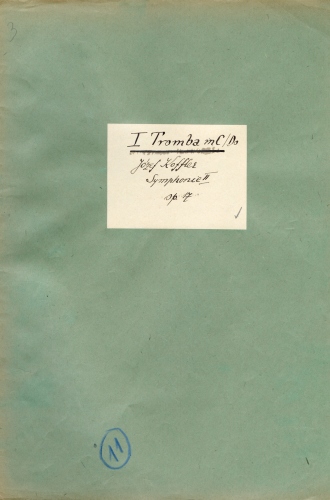

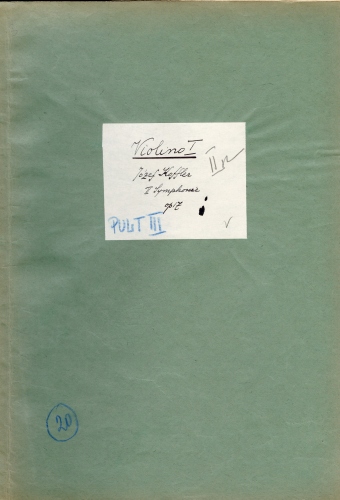
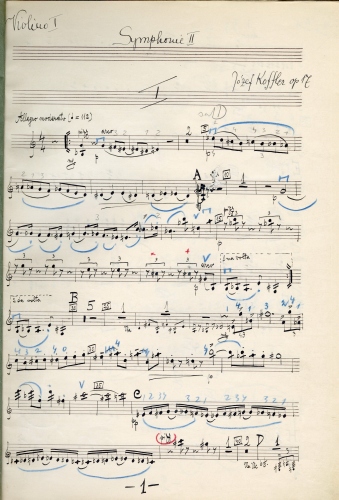




























According to Gołąb, No. 2 is (of all the Koffler symphonies) most deeply rooted in the Neoclassical aesthetic, and also the one with the simplest, most schematic form.
Notably, it received highly prestigious performances in Lwów’s Grand Theatre, under the baton of Hermann Scherchen himself (on 19 January and 1 February 1937). Alfred Plohn wrote on this occasion:
In comparison with Koffler's First Symphony performed in Lviv last year, this new work represents significant progress, as it is written in a form much more accessible to listeners and makes a far more favorable impression. Especially the second movement, Scherzo, and the third, Andante cantabile, which are based on pleasing motifs, were met with appreciation.
Alfred Plohn, 'IV Concert. H. Scherchen,' Chwila 1937 no. 6411A, p. 6.

